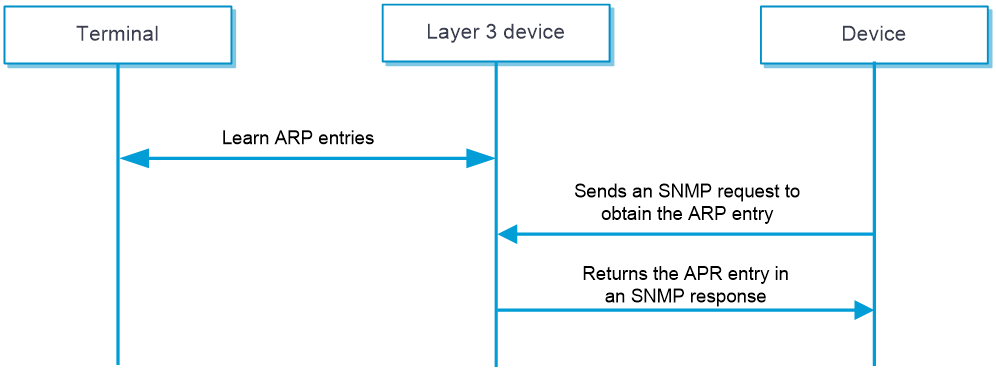- Table of Contents
-
- 07-System
- 01-High availability group
- 02-VRRP
- 03-Track
- 04-BFD
- 05-NQA
- 06-Basic log settings
- 07-Email server
- 08-Session log settings
- 09-Sandbox log settings
- 10-Heartbeat log settings
- 10-Threat log settings
- 11-Application audit log settings
- 12-URL filtering log settings
- 13-Attack defense log settings
- 14-Reputation log settings
- 15-Bandwidth alarm logs
- 16-Configuration log settings
- 17-Security policy log
- 18-Terminal identification logging
- 20-WAF log settings
- 21-IP access logs
- 22-MAC access log
- 23-Bandwidth management logs
- 24-Context rate limit logging
- 25-Report settings
- 26-Session settings
- 27-Signature upgrade
- 28-Software upgrade
- 29-License management
- 30-IRF
- 31-IRF advanced settings
- 32-Contexts
- 33-Administrators
- 34-Date and time
- 35-MAC address learning through a Layer 3 device
- 36-SNMP
- 37-Configuration management
- 38-Reboot
- 39-About
- 40-Ping
- 41-Tracert
- 42-Packet capture
- 43-Webpage Diagnosis
- 44-Diagnostic Info
- 45-Packet trace
- 46-Fast Internet Access
- Related Documents
-
| Title | Size | Download |
|---|---|---|
| 35-MAC address learning through a Layer 3 device | 27.50 KB |
MAC address learning through a Layer 3 device
Introduction
This feature enables the device to learn the MAC address of a terminal (a PC for example) when a Layer 3 device (typically a gateway) exists between the device and the terminal for network traffic control.
Figure 1 MAC address learning through a Layer 3 device workflow
As shown in Figure 1, MAC address learning through a Layer 3 device proceeds as follows:
2. The Layer 3 device learns the IP-MAC binding of the terminal, and then generates an ARP entry.
3. The device sends SNMP requests to the Layer 3 device at the specified intervals to request the ARP entry.
4. The Layer 3 device sends a response that contains the ARP entry.
5. Upon receiving the response, the device saves the ARP entry in the memory. Then it can learn the MAC address of the terminal.
Restrictions and guidelines
· Make sure the Layer 3 device supports SNMPv2c or SNMPv3, has SNMP agent enabled, and has a community name configured.
· Only MAC addresses mapped from IPv4 addresses can be learned.
· Make sure no NAT devices exist between the device and the Layer 3 device.
· This feature is not applicable to a VRF network.
Configure MAC address learning through a Layer 3 device
Procedure
1. Select System > Maintenance > MAC Learning Through L3 Device > L3 Device Access Setting.
2. Click Enable to enable MAC address learning through a Layer 3 device.
3. (Optional.) Set the polling interval and idle timeout
Table 1 Configuration items for MAC address learning through a Layer 3 device
|
Item |
Description |
|
Polling interval |
Interval for sending SNMP requests, in seconds |
|
Idle timeout |
Idle timeout for SNMP responses, in seconds |
4. Click Apply.
5. Add a Layer 3 device:
a. Click Add.
b. Configure the following settings:
|
Item |
Description |
|
SNMP version |
SNMP version. Options include v2c and v3. |
|
IP address |
IP address of the target Layer 3 device, typically the gateway of the terminal network. Only IPv4 addresses are supported. |
|
Community name (SNMPv2c) |
Devices in a community use a community name for authentication. The device can communicate with the Layer 3 device only if it has the same community name as the SNMP agent on the Layer 3 device. |
|
Username (SNMPv3) |
Authentication can be performed only if the device and the SNMP agent on the Layer 3 device have the same username. |
|
Authentication algorithm |
For a successful authentication, make sure these settings are the same as those on the SNMP agent of the Layer 3 device. |
|
Authentication password |
|
|
Encryption algorithm |
|
|
Encryption password |
6. Click OK.


